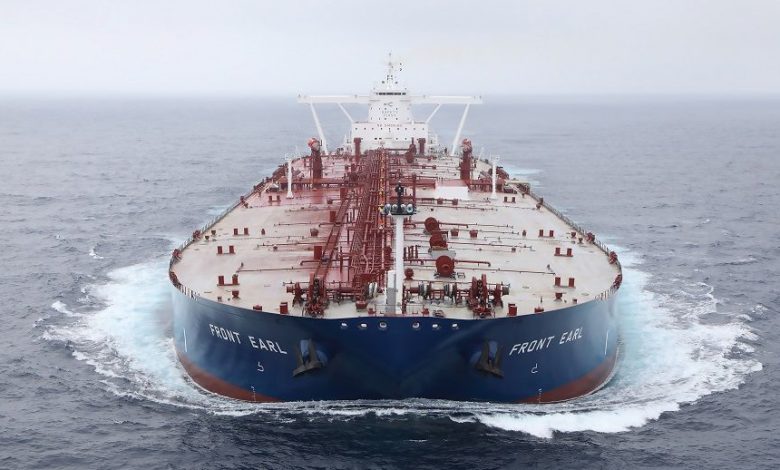More crude tankers being taken on long-term charter

More and more crude tankers are being tied up on healthy three-year charters, a further sign of a strengthening market.
Brokers Braemar note in a new report that all sizes of crude tankers are now being sought on the period side. Moreover, with the price differential between HSFO and VLSFO fuels dropping, demand for non-scrubber ships is picking up.
Clarksons noted last week that average spot earnings for non-scrubber fitted VLCCs increased by 49% week-on-week to $23,307 a day, the highest level since September 2020, as position lists thinned, particularly in the west.
A five-year deal for a scrubber-fitted VLCC in the high $30,000s has been reported while business for suezmaxes is more brisk with younger eco ships getting $32,000 a day for three-year charters and aframaxes also performing similarly strong.
“There is faith in the market for the balance of the year and into 2023,” Braemar noted.
Splash has reported repeatedly on the firming tanker fundamentals in recent weeks with asset values on the rise.
Joakim Hannisdahl, who oversees the Cleaves Shipping Fund, wrote earlier this month of the start of the long-awaited cyclical expansion in oil tankers.
“We now see a dual positive effect on tanker demand due to implications from the invasion [of Ukraine] and from a general improvement in global oil supply,” Hannisdahl wrote, going on to discuss the very low orderbook.
The increase in willingness to take tankers for longer periods was picked up by Lars Barstad, the CEO of Frontline today.
